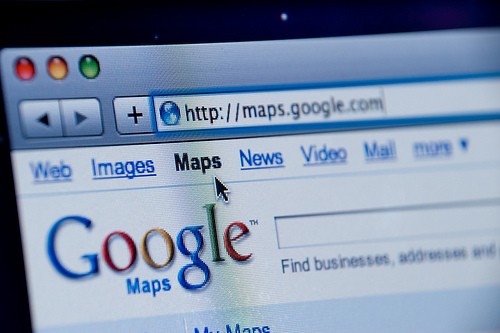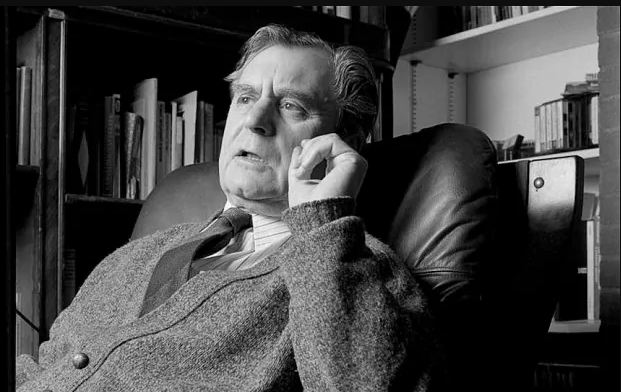In modern Australia, the internet has become a key infrastructure and is integral to everyday life and digital literacy, however the skills and knowledge to participate meaningfully are unevenly distributed. There are a variety of physical and literal constraints that may hinder an individuals access and participation as well cultural and contextual restraints. Statistically, no group is more disadvantaged online than people with disabilities, who have the lowest levels of Internet usage of any group in the United States, and in most other nations as well (Jaeger, 2012)
In contemporary Australia the internet is now considered critical infrastructure. Therefore, decisions around design and content need to include everyone. Whilst it may be difficult for people with disabilities to access and participate on the internet, the rhetoric of participation culture facilitates artistic expression and civic expression, through the provision of strong support for individuals work. A prime example of this is ABC’s ‘Ramp Up’ which was created as a place “where people with disability could share ‘stories … truths and resources … to ramp up the conversation about disability in Australia’ (Ellis et.al, 2015:81) The site was successful in bringing disability to the mainstream media’s attention, and creating a vocal disability participatory community in Australia.
Participatory culture has been praised for the increased potential for marginalised audiences to engage with the wide range medias, in that it facilitates and reforms the way in which people with disabilities access and use the internet, social and mobile media to find and create new ways of participating. The shift from broadcasting media to other forms has allowed greater opportunities for user-focused content and user-created content. with Jenkins emphasising “the importance of accessibility and alternative formats to disability bloggers, who they argue are flourishing in the new media environment due to the opportunities offered by new ways ‘to author, communicate, consume, and exchange in their preferred medium or media’ (Jenkins et.al, 2015)
Blogging by people with disabilities has broadened opportunities for media circulation, exchange and audience response. (Ellis et.al, 2015:80) With the demise of spaces like ‘Ramp Up’ due to a lack of funding and the uproar that ensued, it can deduced that there is lack of access to the internet and other digital forms of literacy, where forms of media are not being designed for or catering to the needs of people with disabilities despite the declining costs associated, thus this responsibility of culture production being delegated to individuals, through online action including crowdfunding and petitioning.
Word Count: 410
Reference List:
Jenkins, H., Ito, M., & boyd, d. 2015, ‘Defining Participatory Culture’, in Participatory Culture in a Networked Era: A Conversation on Youth, Learning,Commerce, and Politics, Polity, Chapter 1.
Ellis, K and Goggin, G (2015): “Disability Media Participation: Opportunities, Obstacles and Politics”, Media International Australia, v154n1, pp 178-88.
Jaeger, P. 2015 Disability and the Internet: Confronting a Digital Divide, Lynne Rienner Publishers



